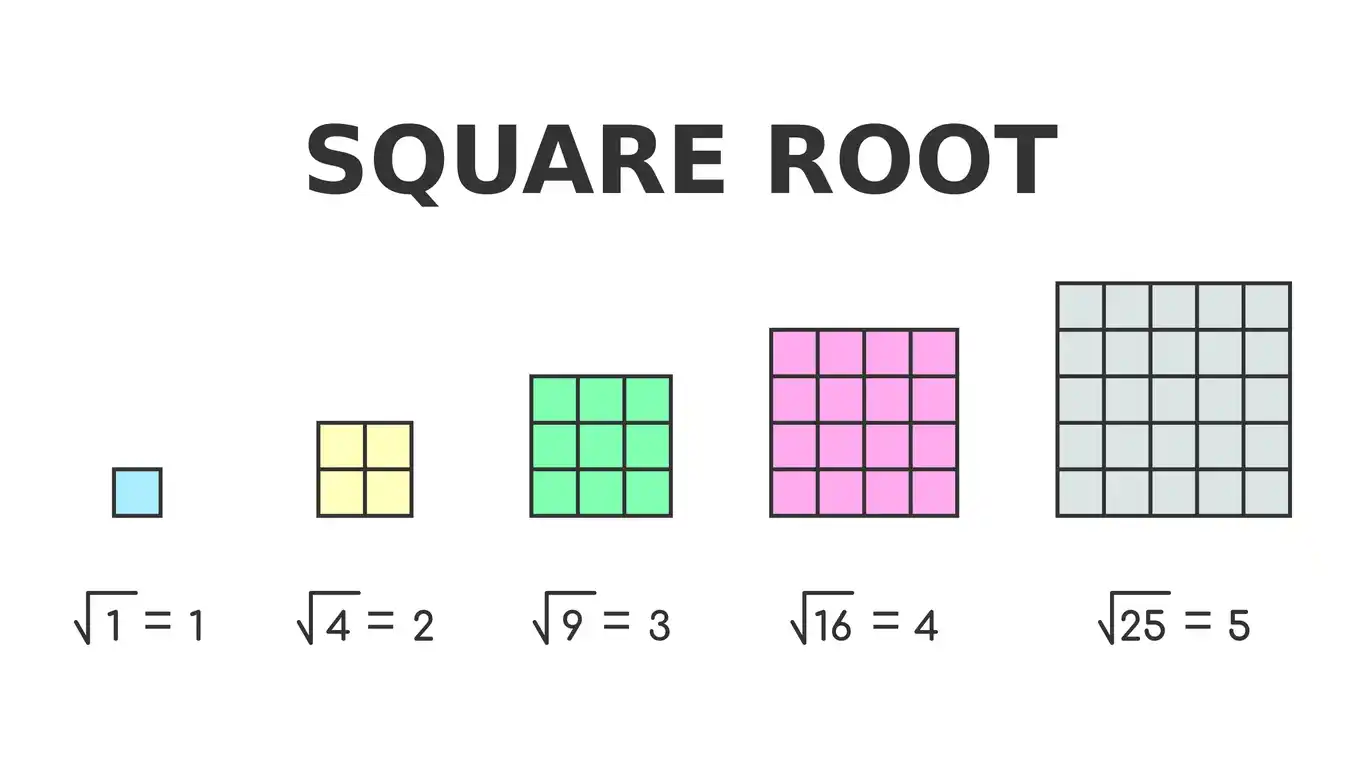This blog post focuses on equipping other high school math teachers with tips and strategies to effectively teach the division of polynomials using 2 methods: long division of polynomials and synthetic division of polynomials to students.
First things first! Make sure you download my *FREE* research-based Algebra 2 Pretest with Answers here.
Forgot the process? You can head over to my student blog where I go over the steps more in depth with a long division example (then confirming on how to do synthetic division with the same example). Or, you can check out my YouTube video here as I go over a long and synthetic division example.
Understanding the Long Division of a Polynomial Dividend
Breaking Down the Process
Long division of polynomials can be compared to the long division of integers, but with variables involved. First things first, make sure to give students a couple of Warm Up problems performing long division of integers; this will make it easier for students to make connections later as they are similar steps (thank goodness!). You can use my dividing polynomials using long division worksheet.
Here are key steps to teaching long division of polynomials:
- Identify the Dividend, Divisor, and Quotient definitions: Begin by clearly identifying the dividend (the polynomial to be divided), the divisor (the polynomial by which you are dividing), and the quotient (the result after dividing).
- Divide the Leading Terms: Teach students to divide the leading term of the dividend by the leading term of the divisor. This gives the first term of the quotient. Or, another way you can teach students is to ask yourself: “what times what matches the first term?”
- Multiply and Subtract: Guide students to multiply the entire divisor by the term obtained in the previous step. Make sure to emphasize “entire divisor” as many students forget to distribute! Then, subtract the result from the dividend. This step is crucial for eliminating the leading term of the dividend. Another common mistake I see are students forgetting to subtract all of the terms. Also, point out that you are subtracting like-terms only.
- Bring Down the Next Term: Explain how to bring down the next term from the dividend to form a new polynomial.
- Repeat the Process: Continue dividing, multiplying, and subtracting until all terms have been processed. Ask students: How do we know that we are done? The simple answer is, “until you can’t go no further!” The more mathematical definition is that we are done once we have gotten a term with the degree smaller than the dividend.
Tips for Effecting Teaching
- Use Clear and Consistent Language: Consistency in terminology helps students follow the process without confusion. Use terms like “dividend,” “divisor,” “quotient,” and “remainder” consistently. This is especially helpful when showing students how to actually write the final answer: Quotient + Reminader/Divisor.
- Provide Visual Aids: Diagrams and step-by-step visual breakdowns can help students visualize the process. Use color coding to differentiate between the various parts of the process. You can check out my reference sheets here!
- Practice, Practice, Practice: Encourage students to practice with a variety of problems, starting with simpler polynomials and gradually increasing in complexity. This builds their confidence and proficiency. I have plenty of dividing polynomials worksheets with keys here for some good ol’ inspiration! I would also recommend starting out with simple examples, like dividing polynomials by monomials first. Scaffolding is one of the best ways for students to slowly-but-surely have more of an opportunity to be successful. You have to learn how to walk before you run after all!
- Group Work and Peer Teaching: Encourage collaborative learning by having students work in pairs or small groups. Peer teaching can reinforce understanding as students explain the process to each other. It’s a great idea to also create heterogeneous groups. What does that mean? It means that you don’t want friends sitting next to each other, pretty much! There’s a strategic method in which you create your groups in diversity. I usually look at students’ grades and make sure that every student has the “smart” A student, then a B student, then C student, etc. to create fairness.
Dividing Polynomials Using Synthetic Division
Simplifying the Division Process
What is synthetic division anyway? Synthetic division is a shortcut method for dividing polynomials. The catch, though, is that the divisor must be linear. Otherwise, long division is required. It is interesting that you’ll find some students actually prefer long division vs. synthetic division. Unless you are creating a quiz where students are required to know both, maybe on the test you can give students the option to use the method that they prefer.
- Setting Up Synthetic Division: Explain how to set up the synthetic division by writing down the coefficients of the polynomial in descending order of exponents as well as the zero of the divisor (the value that makes the divisor zero), which goes on the outside of the synthetic division symbol. Stress to students that if an exponent term is missing to put the zero placeholder or else it is wrong!
- Bring Down the Leading Coefficient: Teach students to bring down the leading coefficient directly below the line. This step initiates the process. Now we are finally done in the set-up! Believe it or not this is all just as a precursor to the process of synthetic division of polynomials. Here are the actual synthetic division steps:
- Multiply and Add: Show how to multiply the value just written down by the zero of the divisor and write the result in the next column. Then, add this result to the next coefficient and repeat. It would be a great idea here to make the connection to students that in long division we subtract, and in synthetic division we add.
- Form the Quotient and Remainder: The bottom row of numbers represents the coefficients of the quotient polynomial (in descending order of exponents), with any remainder appearing as the last value. The first term of the quotient starts with one less than the degree of the dividend.
Tips for Effecting Teaching
- Clarify the Purpose: Emphasize that synthetic division is a shortcut method for dividing polynomials by linear factors (a.k.a. degree 1 polynomials). It’s great because it simplifies the process and is particularly useful for checking potential roots quickly. This is connected to the Remainder Theorem since students will in the future check whether or not the remainder equals zero after using the Rational Roots/Zeros Theorem.
- Step-by-Step Demonstrations: Break down each step clearly and slowly. Use a variety of problems to illustrate different scenarios.
- Hands-On Practice: Provide plenty of practice problems for students to work through. Start with straightforward examples before progressing to more complex polynomials. Sometimes students simply need to see a progression of difficulty instead of just going for it… there’s that scaffolding concept again!
- Encourage Questions: Create an open classroom environment where students feel comfortable asking questions. Address any confusion right off the bat to ensure everyone is on the same page.
- Relate to Real-World Applications: You can also show how polynomial division is used in real-world scenarios, such as in engineering and physics. This can help students see the relevance of what they are learning.







